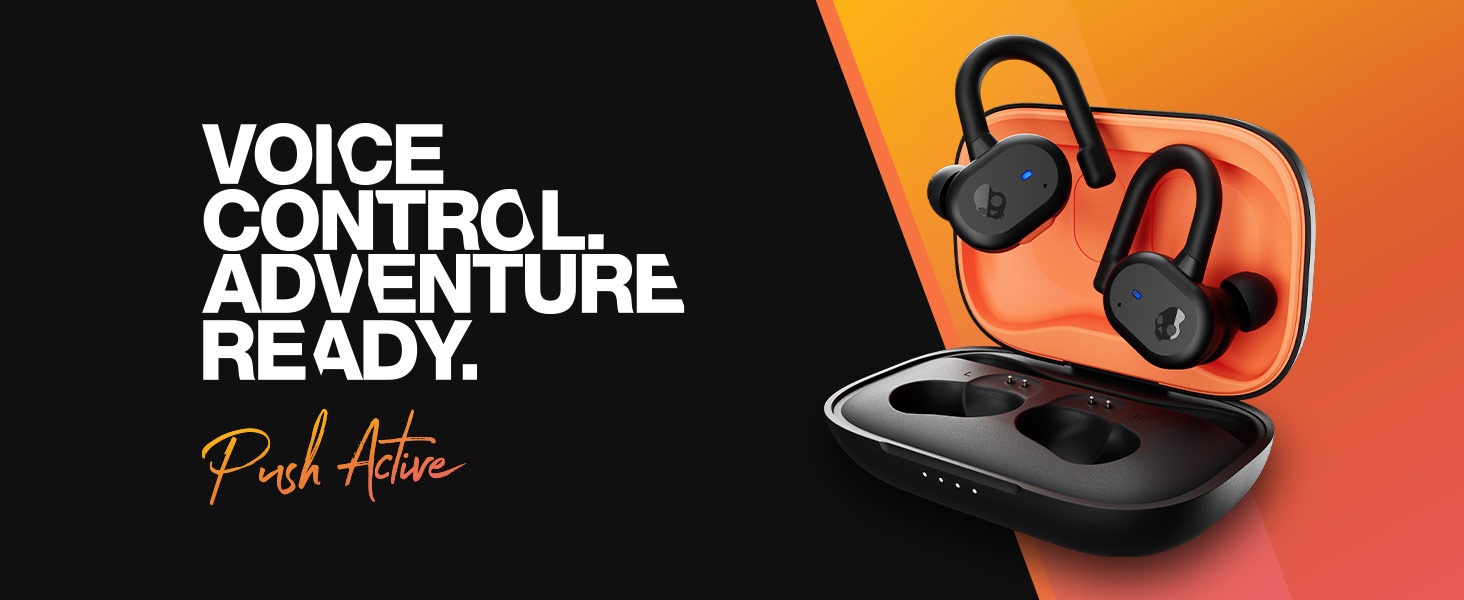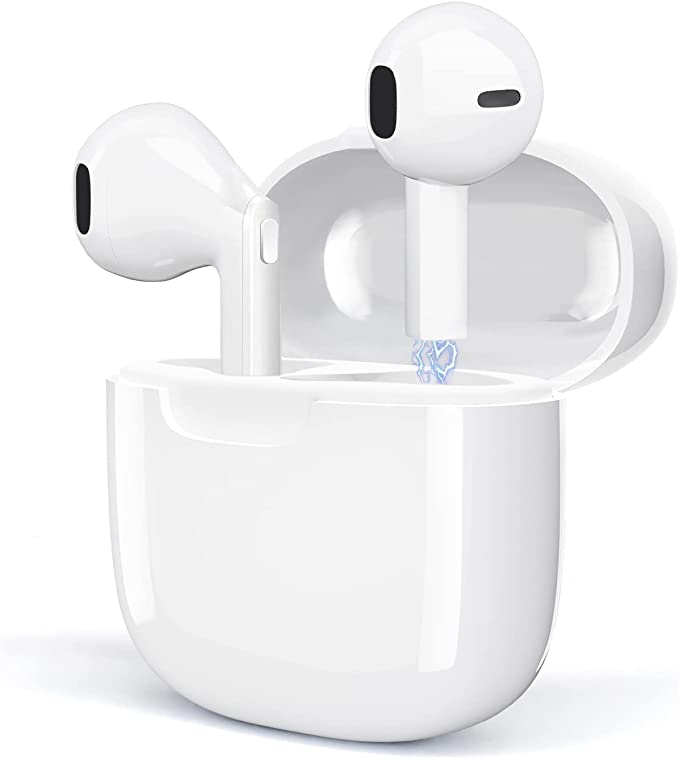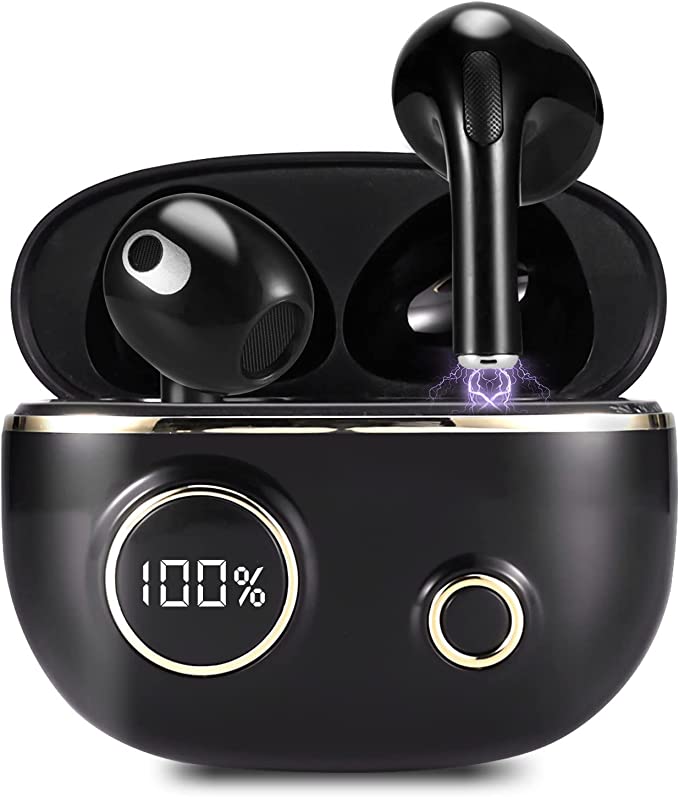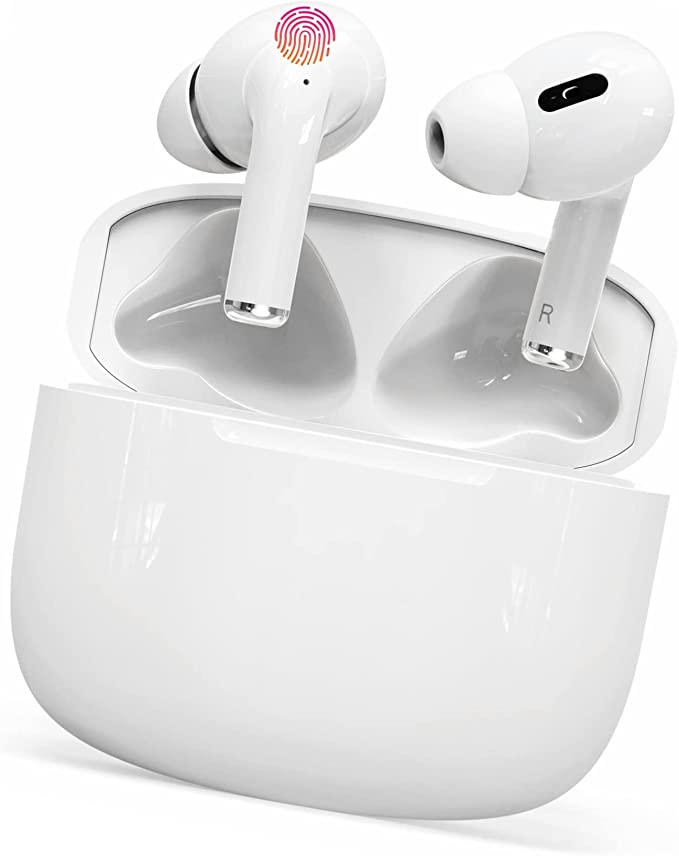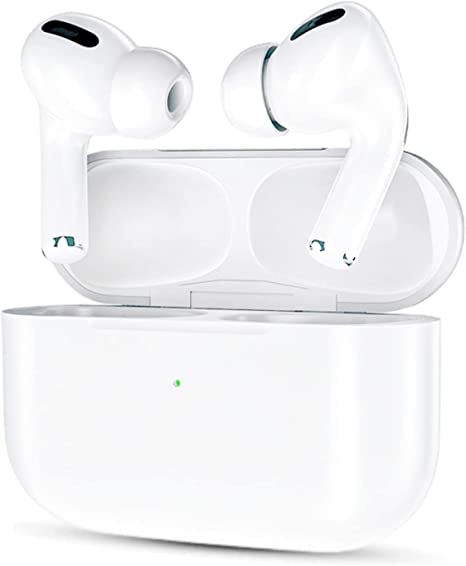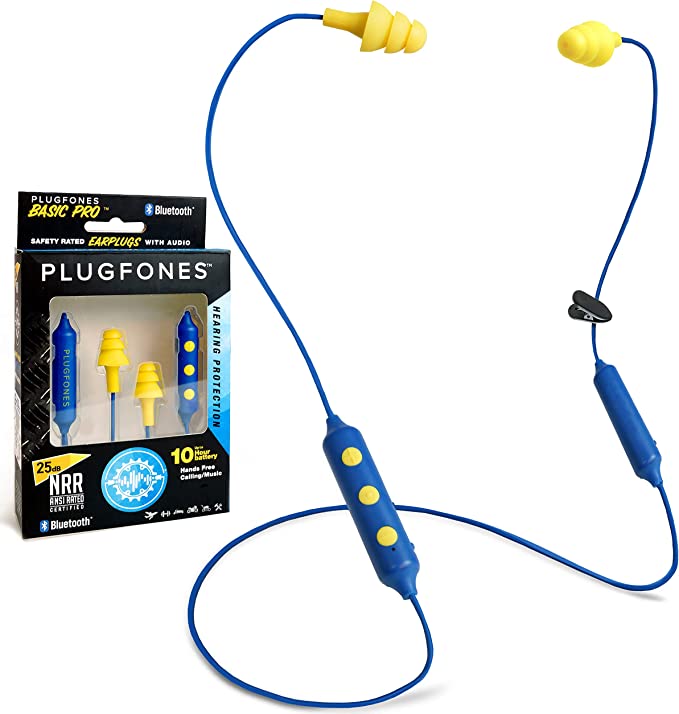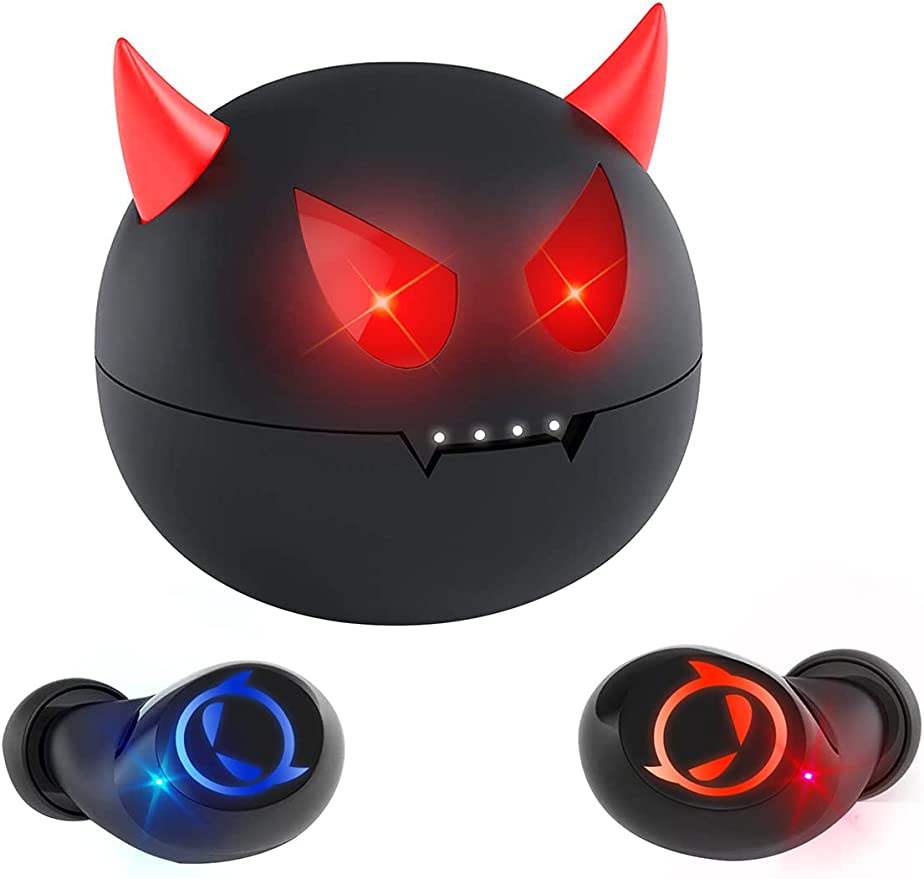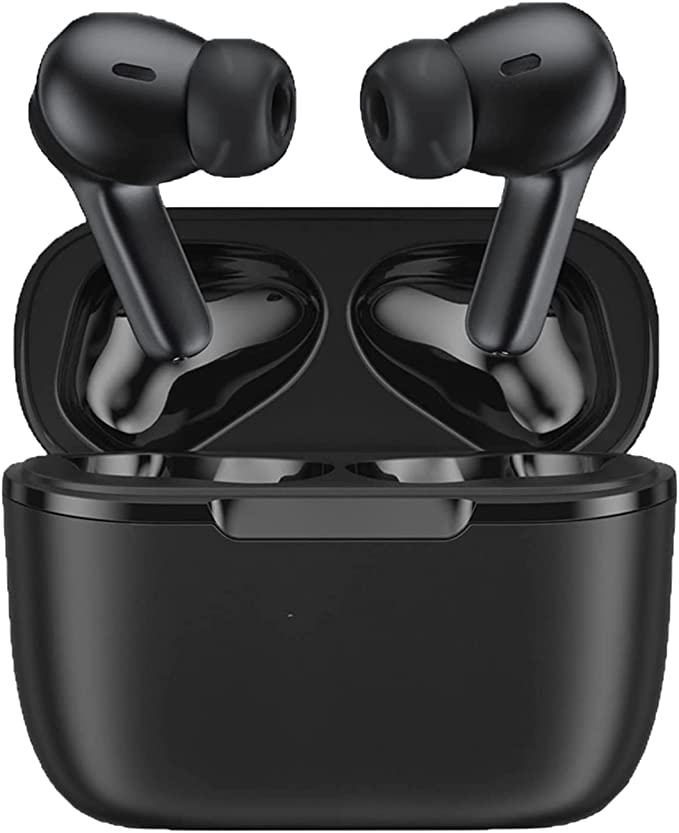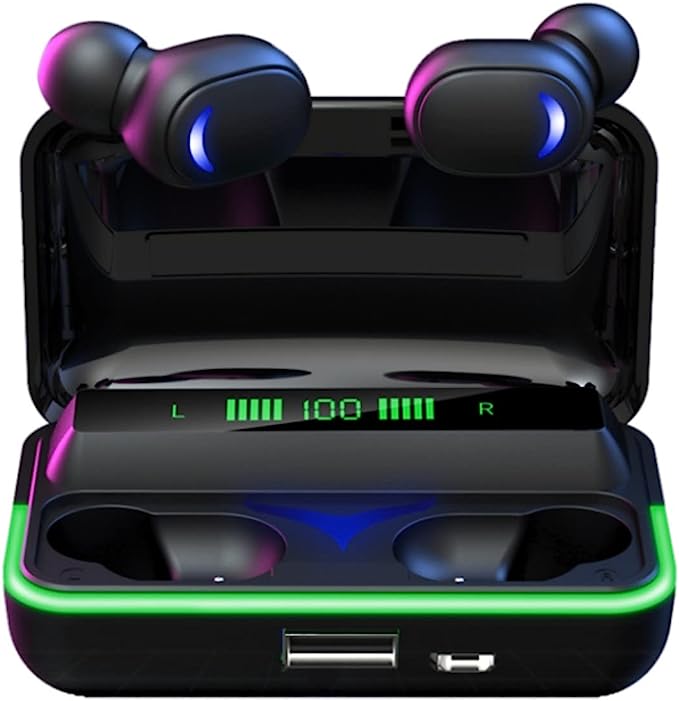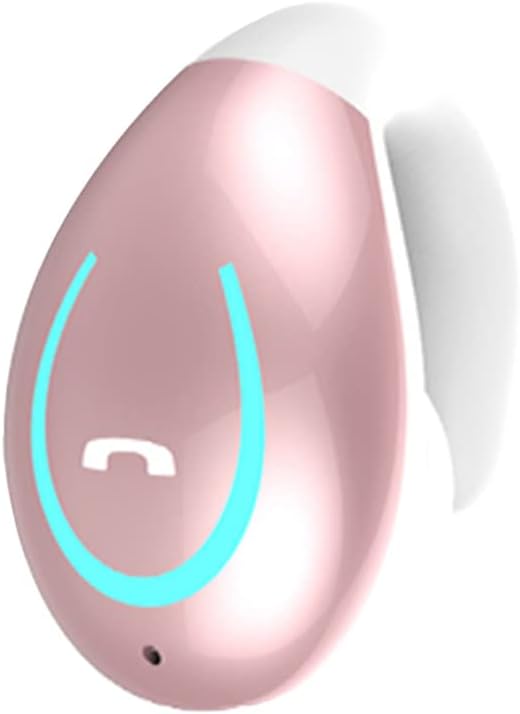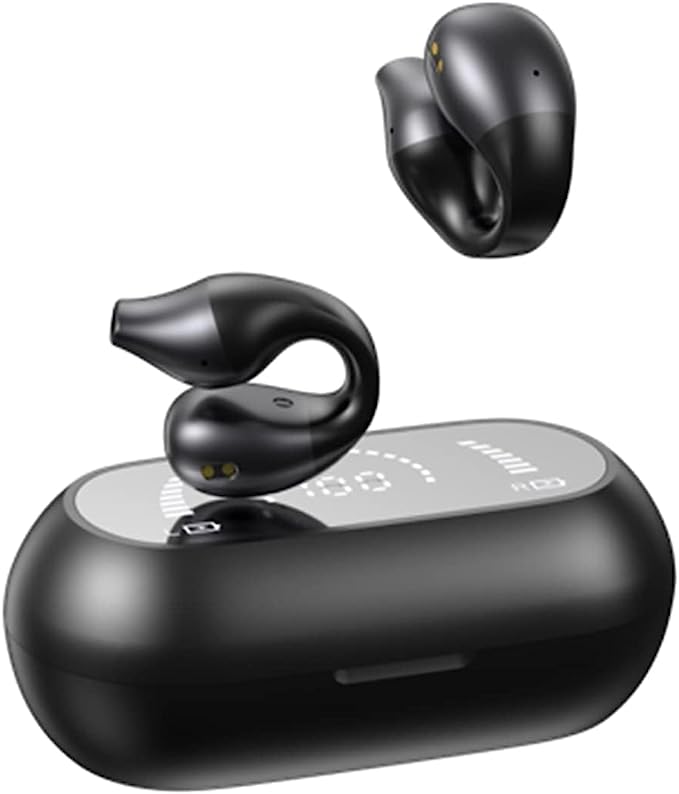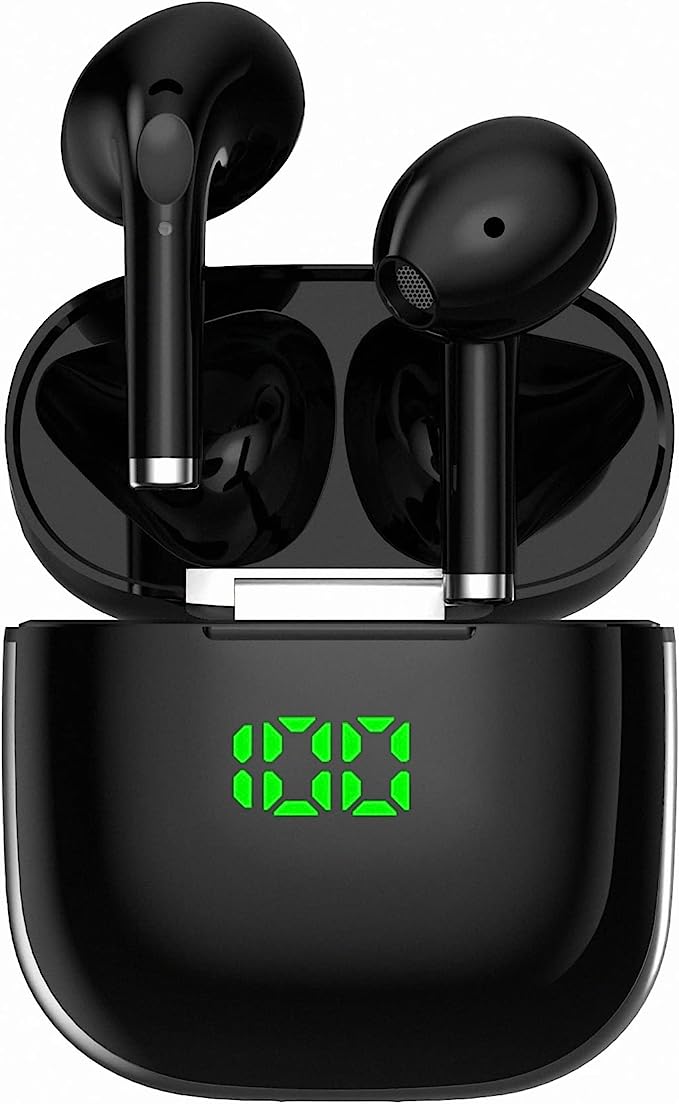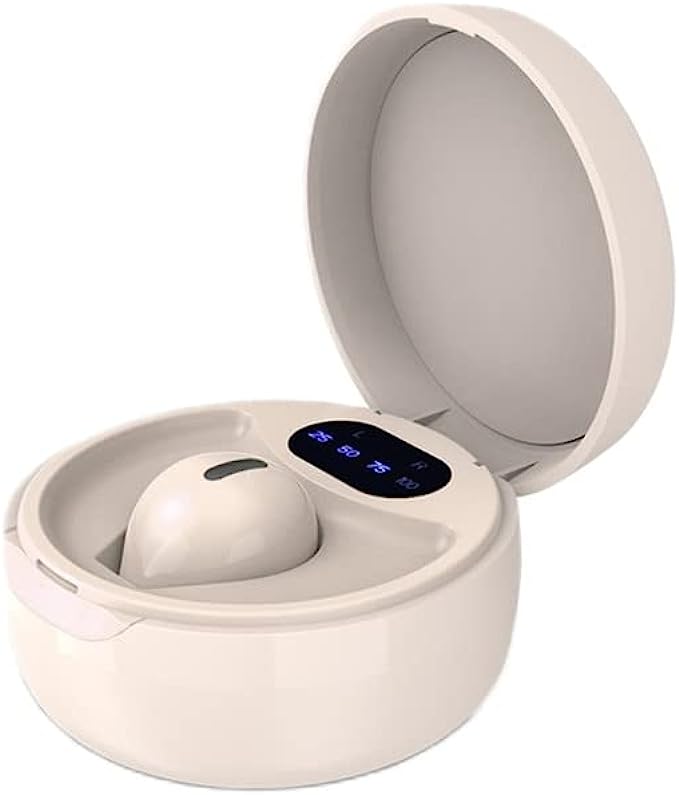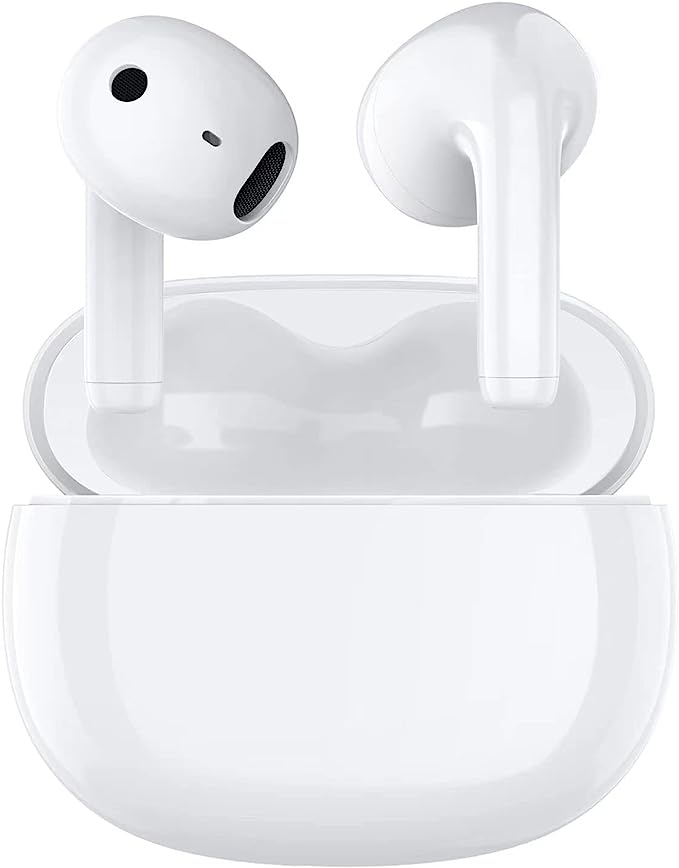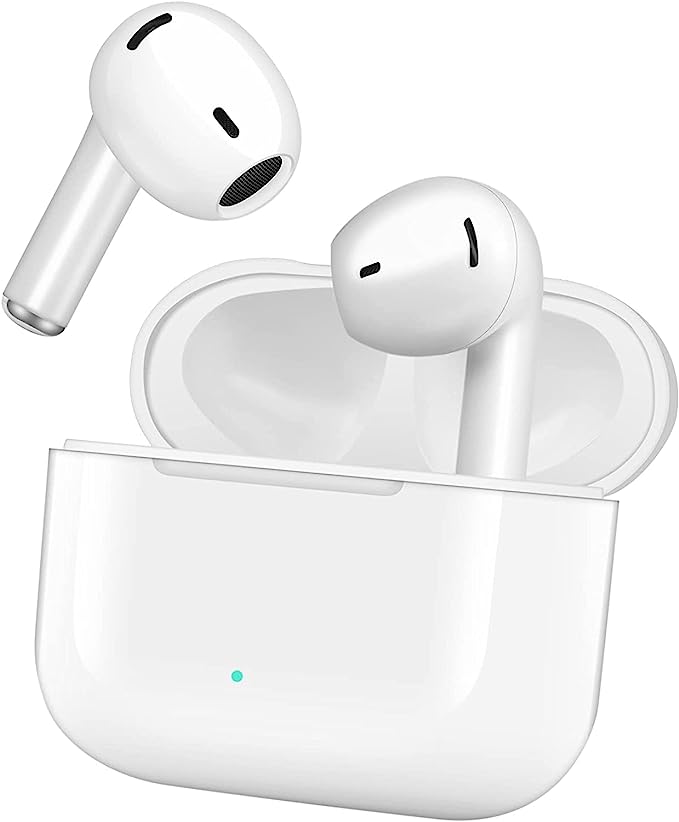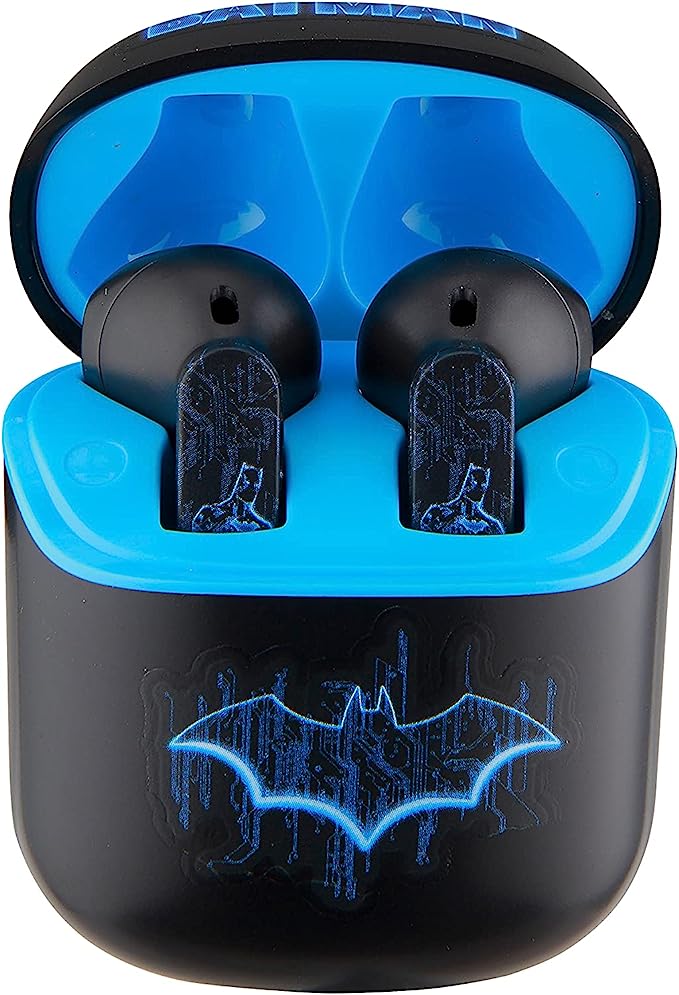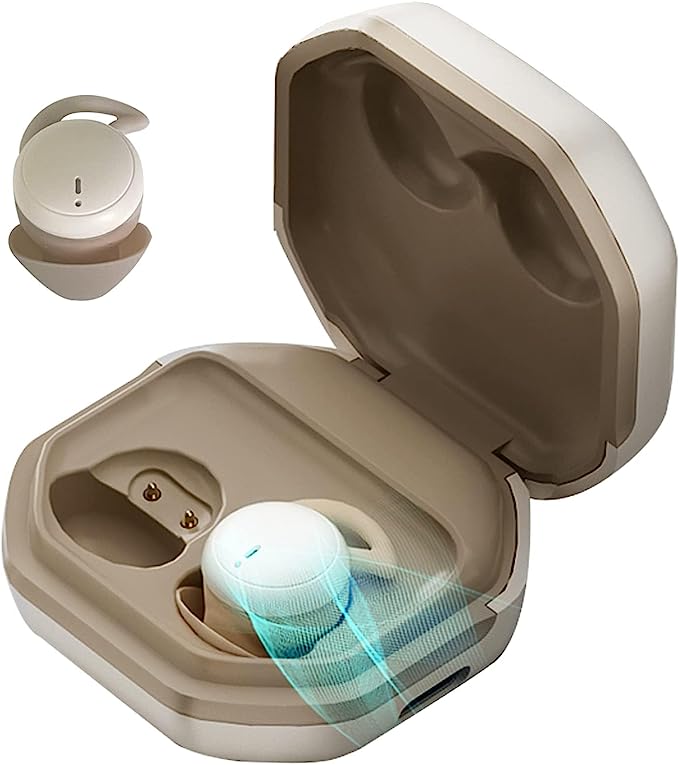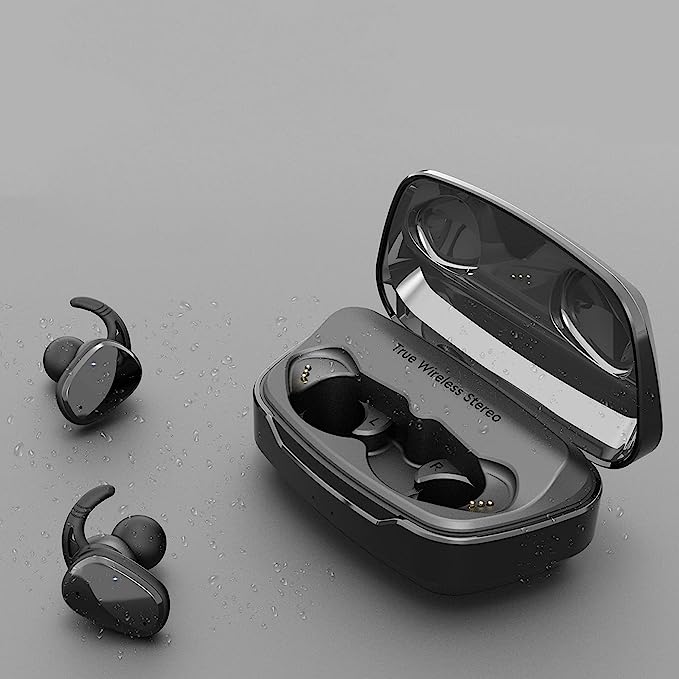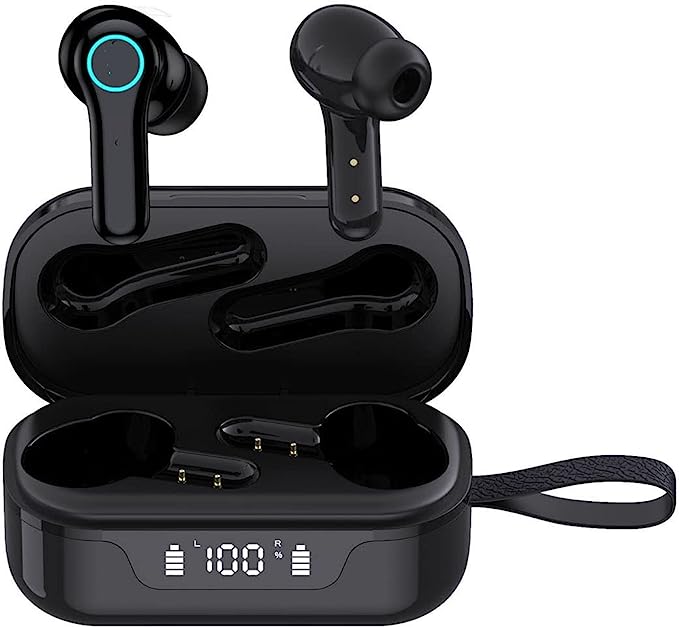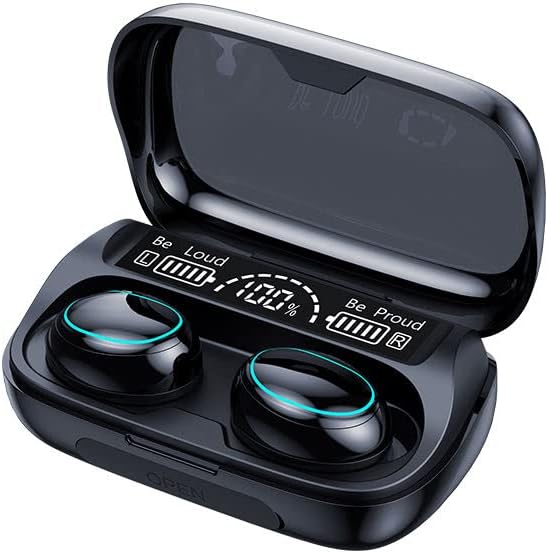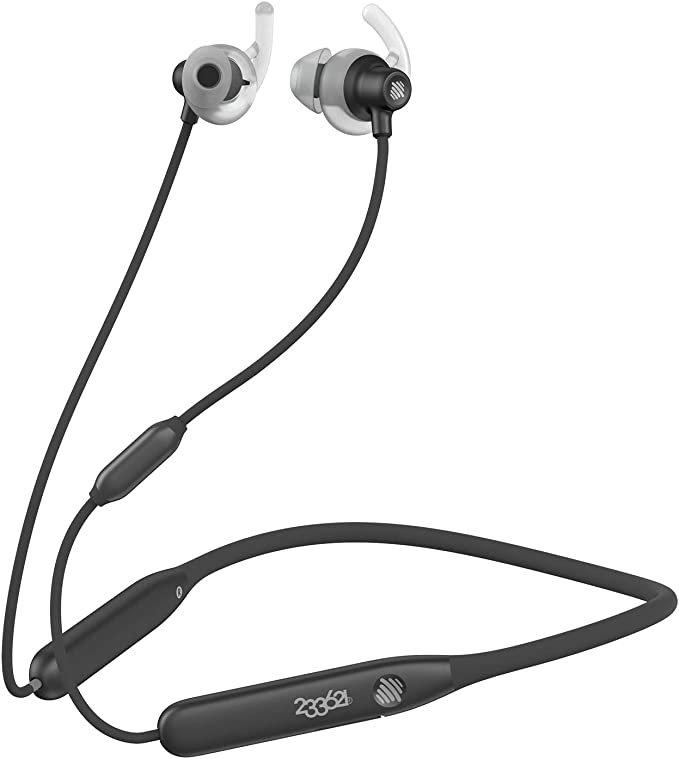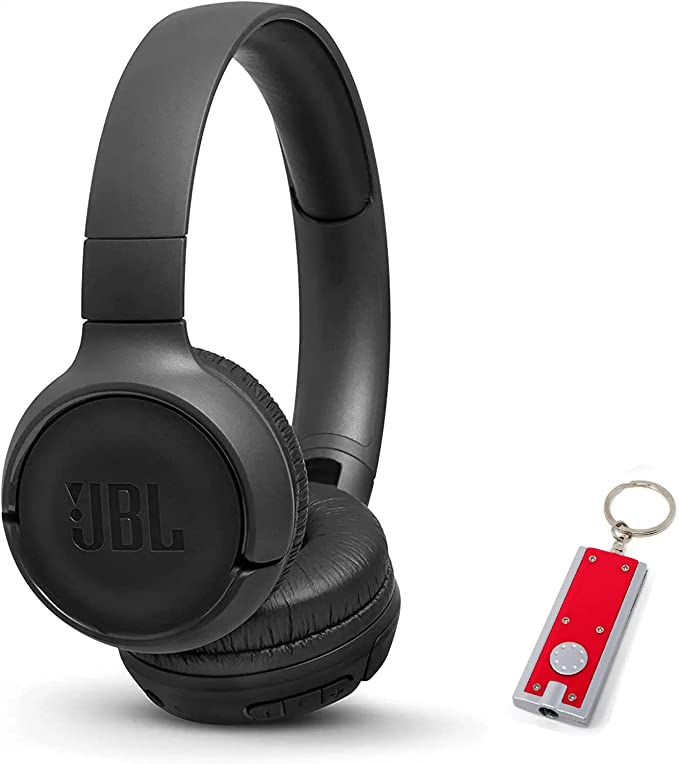JBL Vibe Buds True Wireless Headphones: Deep Bass & All-Day Comfort
Update on Feb. 14, 2025, 11:32 a.m.
Decoding the JBL Vibe Buds: The Science of Sound in a Tiny Package
The world has gone wireless. From phones to headphones, cords are becoming a thing of the past. True wireless earbuds, in particular, have exploded in popularity, offering freedom and convenience that wired headphones simply can’t match. But this freedom often comes with questions: How can something so small produce good sound? How do they stay connected? And how can I listen to music and hear what’s going on around me? Let’s explore these questions and more as we delve into the technology behind the JBL Vibe Buds.

Sound from a Tiny Source: Dynamic Drivers Explained
The heart of any earbud, including the JBL Vibe Buds, is the driver – the component that transforms electrical signals into the sound waves we hear. The Vibe Buds utilize dynamic drivers, the most common type found in headphones and speakers. To understand how they work, we need a little physics lesson.
Imagine a tiny, incredibly fast-moving trampoline. That’s essentially what a dynamic driver’s diaphragm is – a thin, flexible membrane, often made of materials like Mylar, paper, or even bio-cellulose. This diaphragm is attached to a voice coil, which is a coil of wire. When an electrical audio signal flows through the voice coil, it creates a fluctuating magnetic field.
This fluctuating field interacts with a permanent magnet that’s part of the driver assembly. Remember the basic principle of electromagnetism: opposite poles attract, and like poles repel. As the magnetic field generated by the voice coil changes, it’s either attracted to or repelled by the permanent magnet. This push and pull causes the voice coil – and the attached diaphragm – to vibrate rapidly.
These vibrations create pressure waves in the air, and those pressure waves are what our ears perceive as sound. The frequency of the vibrations determines the pitch (high or low notes), and the amplitude (how much the diaphragm moves) determines the volume.
The materials of the diaphragm are important. The material has to be stiff to move with the voice coil, but light so it can be moved fast.
The 8mm Advantage: Size Matters (Sometimes)
The JBL Vibe Buds boast 8mm dynamic drivers. The “8mm” refers to the diameter of the diaphragm. While bigger isn’t always better, in the case of dynamic drivers, a larger diaphragm can generally move more air. This can translate to a more powerful bass response – that deep, resonant low-end that gives music its fullness and impact. It’s not just about sheer volume; a well-designed larger driver can also deliver a more detailed and nuanced sound across the entire frequency range. Think about the size of the speakers in a home stereo, the larger ones are for the bass.

JBL’s Sound Signature
JBL has a long and respected history in the audio world, with over 75 years of designing the speakers in movie theaters and in concert halls. The company have developed a particular “sound signature” – a characteristic way their products are tuned to reproduce sound. The “JBL Deep Bass Sound” emphasizes that powerful, punchy low-end, but it’s typically balanced with clear mids and highs to create a well-rounded listening experience.
The Wireless World: Bluetooth Basics
The “true wireless” part of the JBL Vibe Buds refers to their use of Bluetooth technology. Bluetooth is a short-range wireless communication standard that allows devices to exchange data without physical cables. In the case of earbuds, Bluetooth transmits audio signals from your phone (or other device) to the earbuds themselves.
Bluetooth works by using radio waves in a specific frequency band (2.4 GHz). When you pair your earbuds with your phone, they establish a secure connection, allowing them to “talk” to each other. The audio signal is digitized (converted into a series of 1s and 0s) and then transmitted wirelessly via these radio waves.
Codecs: The Language of Wireless Audio
The way that digital audio is encoded and decoded for Bluetooth transmission is crucial for sound quality. This is where codecs come in. Think of a codec as a language that your phone and earbuds use to communicate. Some codecs are more efficient than others, meaning they can transmit more audio data with less compression.
Common Bluetooth audio codecs include:
- SBC (Subband Coding): The standard, mandatory codec for all Bluetooth devices. It’s generally considered the lowest common denominator in terms of audio quality.
- AAC (Advanced Audio Coding): Commonly used by Apple devices, AAC generally offers better sound quality than SBC at similar bitrates.
(While higher-quality codecs like aptX and LDAC exist, the provided information doesn’t specify whether the JBL Vibe Buds support them. This would be a valuable piece of information to confirm.) The codec used can significantly affect the final sound of the headphones.
Staying Connected: Bluetooth Stability
One of the common frustrations with early true wireless earbuds was unreliable connectivity – dropouts, stuttering, and pairing issues. Modern Bluetooth technology (versions 5.0 and later) has significantly improved stability. Factors that contribute to a stable connection include:
- Stronger Signal: Newer Bluetooth versions often offer a stronger signal and longer range.
- Reduced Interference: Improved algorithms help minimize interference from other wireless devices.
- Efficient Power Management: Better power management contributes to a more stable connection and longer battery life.
- Antenna Design: The design and placement of the antennas within the earbuds can also impact signal strength.
A Comfortable Fit: Ergonomics and Earbuds
Sound quality and features are meaningless if your earbuds are uncomfortable. The JBL Vibe Buds are designed with ergonomics in mind – the science of designing products to fit the human body comfortably and efficiently.
The “bud” design of the Vibe Buds is intended to sit securely within the ear canal, creating a seal that helps block out external noise and improve bass response. The inclusion of multiple ear tip sizes allows users to find the best fit for their individual ear shape. A proper seal is crucial not only for comfort but also for optimal sound quality.

Powering Your Sound: Battery Technology
True wireless earbuds rely on tiny, powerful batteries. The JBL Vibe Buds utilize lithium-ion batteries, the same type found in most smartphones and laptops. Lithium-ion batteries are favored for their high energy density (meaning they can store a lot of power in a small space), relatively long lifespan, and lack of “memory effect” (meaning you don’t have to fully discharge them before recharging).
The Vibe Buds offer up to 8 hours of playtime on a single charge, with the charging case providing an additional 24 hours, for a total of 32 hours. The fast-charging feature – 10 minutes of charging for 2 hours of playtime – is achieved by delivering a higher current to the battery for a short period. This is carefully controlled to avoid damaging the battery or shortening its lifespan.
Weathering the Elements: IP Ratings Explained
The JBL Vibe Buds have an IP54 rating for the earbuds and an IPX2 rating for the charging case. These “IP” ratings (Ingress Protection) are international standards that define how well a device is protected against dust and water.
-
IP54 (Earbuds):
- The “5” refers to dust protection. A rating of 5 means the earbuds are protected against dust that could interfere with their operation, although they’re not completely dust-tight.
- The “4” refers to water protection. A rating of 4 means the earbuds are protected against splashing water from any direction. This makes them suitable for workouts and light rain, but not for submersion.
-
IPX2 (Charging Case):
- The “X” means the case hasn’t been tested for dust protection.
- The “2” means the case is protected against dripping water when tilted up to 15 degrees. This provides some basic protection against accidental spills, but it’s not as robust as the earbuds’ protection.
Understanding these ratings helps you know how to best care for your earbuds and what environments they can handle.

Hearing Yourself Clearly: VoiceAware Technology
VoiceAware is a feature designed to improve the experience of making phone calls with earbuds. When you’re wearing earbuds that create a tight seal, your own voice can sound muffled or unnatural. This is because the sound of your voice is normally conducted through the bones of your skull to your inner ear (bone conduction). Earbuds block this pathway, making your voice sound different.
VoiceAware uses the earbuds’ microphones to pick up your voice and feed it back to you through the earbuds, creating a more natural-sounding experience. This allows you to hear yourself more clearly and modulate your voice appropriately during calls. This can often rely on the microphones forming a “beam” pointing at the users mouth.

Staying Aware: Smart Ambient Technology
While noise isolation is desirable for immersive listening, there are times when you need to be aware of your surroundings – crossing a busy street, listening for announcements, or having a quick conversation. Smart Ambient technology addresses this by using the earbuds’ microphones to pick up external sounds and play them back to you through the earbuds, mixed in with your audio.
This allows you to stay connected to your environment without having to remove your earbuds. The level of ambient sound can often be adjusted, allowing you to customize the experience to your needs.
The Future of Sound
True wireless earbud technology is constantly evolving. We can expect to see further improvements in sound quality, battery life, noise cancellation, and connectivity. Smaller, more efficient drivers, more advanced Bluetooth codecs, and even more sophisticated smart features are likely on the horizon. Perhaps we’ll even see earbuds that can adapt their sound signature to our individual hearing profiles or translate languages in real time. The possibilities are exciting!
